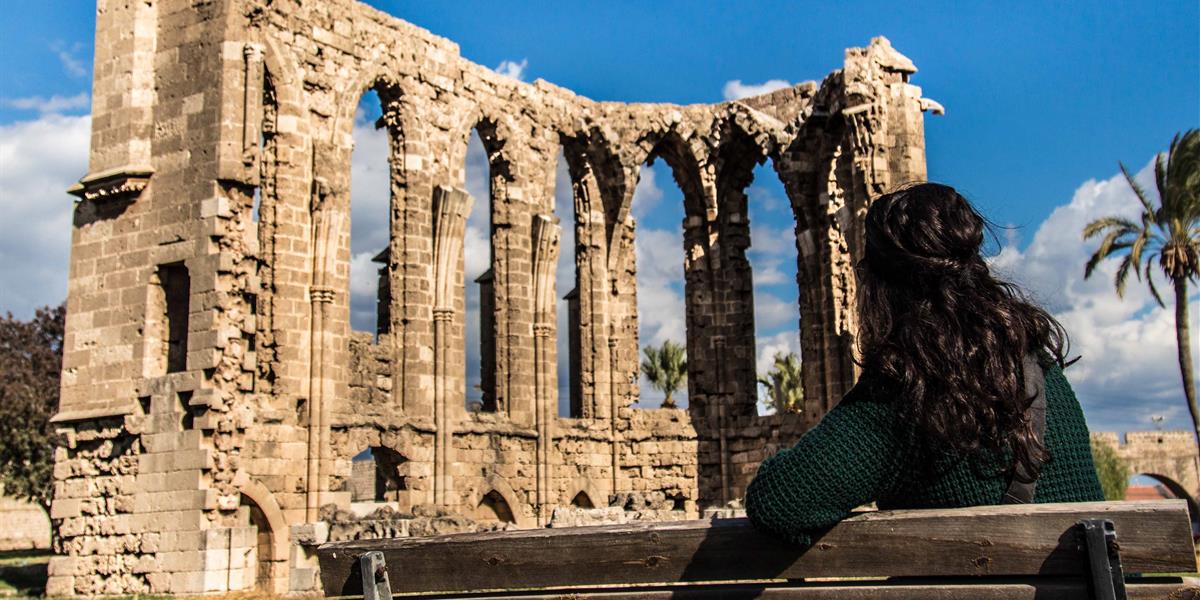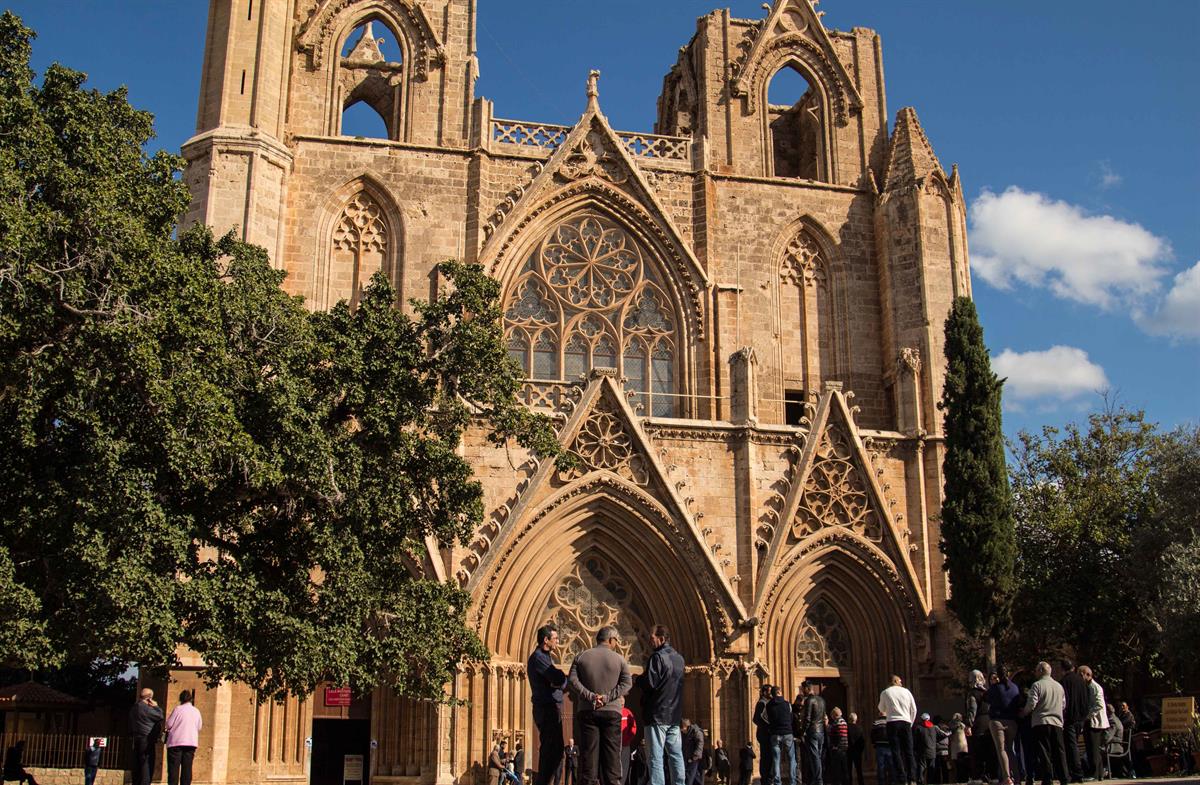
Famagusta is believed to have been established by Philadelphus, one of the Ptolemus kings, who gave Arsinoe, his sister's name, to the city in the 3rd century BC. In 648, as a result of the gradual evacuation of Salamis due to the attacks by Arabs, it developed into a small port. With the hope that the city remains unfound by the Arabs, the name of the city was changed to 'Ammochostos', meaning 'hidden in sand'.
It was during the Lusignan period that Famagusta developed as a fully-fledged town. It increased its importance within the Eastern Mediterranean due to its natural harbour which converted the town into a centre of commerce for the East.
The island was ruled by Lusignans, Genoese, Rome, East Rome, Latins and Venetians until the Ottoman period. In 1571, the island was conquered by the Ottoman Empire and was later taken over by the English Kingdom in 1878. The island was governed as the Republic of Cyprus in 1960. The Northern side of the island has been under the governance of the Turkish Republic of Northern Cyprus since 1974.
It is due to all these past civilizations that the city of Famagusta makes you feel its cultural diversity in its every corner. The best example of this cultural diversity is the 14th century Gothic Cathedral of St. Nicholas. The Lusignans would be crowned as Kings of Jerusalem in the St Nicholas Cathedral, currently known as Lala Mustafa Pasha Mosque, in Famagusta until 1372.
During the Ottoman Period, it was renamed as the Lala Mustafa Pasha Mosque after the famous commander of the Ottoman conquest. The Cathedral is surrounded by remarkable pieces of history among which are the Aga Cafer Pasa Fountain in the front right corner of the Venetian facade, Ağa Cafer Paşa Bath built in the front yard of Franciscan Monastery in 1601, Namık Kemal Square and Dungeon, and the iconic yellow Post Box with royal emblem located in the top left corner of the Venetian Palace and brought to the island during the English reign.

With its rich historical and cultural structure, Famagusta is a center of attraction for tourists and has become a city of higher education with the establishment of Eastern Mediterranean University, the first university of Cyprus.
Having been the subject of folk songs, the Port of Famagusta is located in the heart of the city and hosts trade ships from different countries.